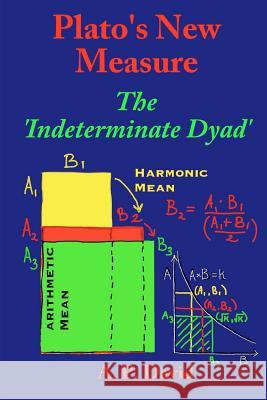Plato's New Measure: The 'Indeterminate Dyad' » książka
Plato's New Measure: The 'Indeterminate Dyad'
ISBN-13: 9781466383982 / Angielski / Miękka / 2011 / 166 str.
The riddle of the Indeterminate Dyad has long puzzled students of Plato, starting right with Aristotle. Plato himself never used the term in his extant writings. Yet it is considered to be a key part of his esoteric teachings. Aristotle himself, however, cannot seem to make sense of it. So the riddle dates back to the very beginning. It is solved in this study. The dyad turns out to be a simple algorithm with important implications for number theory, the theory of the number-line, and the foundations of the modern calculus. The book begins with a new interpretation of the notorious geometry lesson of Theodorus ('Theaetetus' 147c-148b). Unlike previous attempts at a solution, it is rooted in the fine detail of Plato's Greek prose, and relies solely on Pythagorean techniques known to be contemporary to the protagonists. The 'Theaetetus', 'Sophist', 'Statesman' and 'Philebus' are shown to be informed by a particular geometrical paradigm-not some sort of esoteric code to the argument, but an underlying pattern that manifests itself in various ways to give shape to Plato's art.
Zawartość książki może nie spełniać oczekiwań – reklamacje nie obejmują treści, która mogła nie być redakcyjnie ani merytorycznie opracowana.











